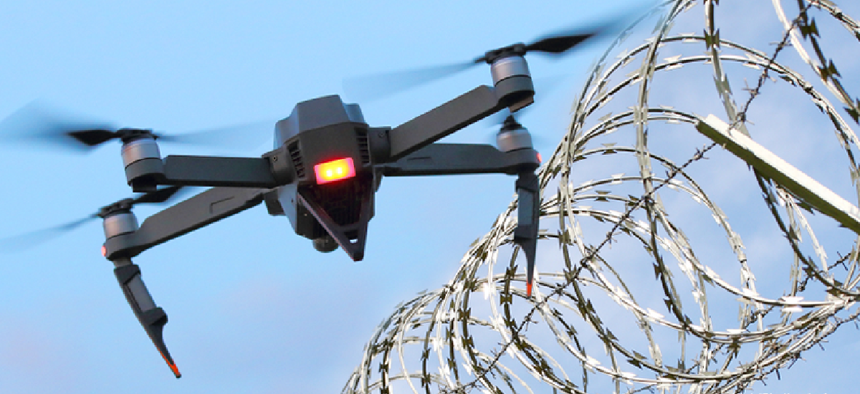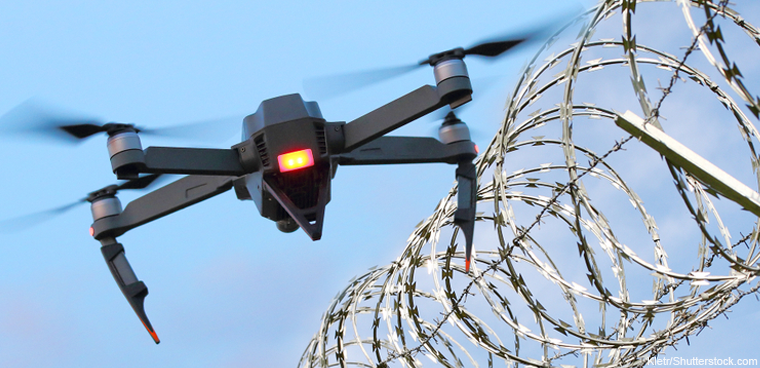Lawmakers seek answers on possible drone threat

Technology for detecting and disabling unmanned systems that threaten U.S. facilities and assets requires more testing, witnesses told a Senate panel.

Technology already exists to detect and disable malicious drones, but it was developed for the military and will require additional testing before it can be used in the U.S. by civilian agencies, witnesses told a Senate panel.
In a June 6 Senate Homeland Security and Governmental Affairs Committee hearing, Chairman Ron Johnson (R-Wis.) said the fact that commercial drones have been used by ISIS to drop grenades on targets and by others to smuggle drugs into the United States illustrates the problems that unchecked unmanned aerial systems (UAS) could create.
The hearing was held to consider the Preventing Emerging Threats Act of 2018 , which would give the Departments of Homeland Security and Justice the authority to detect and bring down drones that are considered a threat to the safety or security of specific facilities or assets.
The technology to disable drones already exists, according to Angela H. Stubblefield, the deputy associate administrator for security and hazardous materials safety at the Federal Aviation Administration. "There is a lot of technology out there, 235 systems available from 155 vendors in 20 countries," Stubblefield told lawmakers. "There is a plethora of options on the market."
The issue, she said, is that these technologies have not been tested in the U.S. national airspace -- though those efforts are underway. The FAA is working with the Departments of Defense and Energy to deploy counter-UAS technology around sensitive facilities in the United States, Stubblefield said.
"We are aware that some of these companies are touting some pretty amazing things with technologies and claim to be able to address the drone threat," Ranking Member Sen. Claire McCaskill (D-Mo.) said. If the private sector is providing off-the-shelf solutions, she noted, then the government shouldn't be spending large amounts of money to develop the same technology.
Legal uncertainty also poses a challenge for agencies that want to use UAS detection and mitigation tools, according to Hayley Chang, DHS' deputy general counsel. "Under current legal constraints, only a very small number of technologies can be employed to detect and track UAS and none can be employed to disable/mitigate UAS in our homeland," Chang said in her testimony.
Drone detection usually relies on scanning the radio frequency spectrum, which is legally questionable under the Wiretap Act and other laws. Jamming drone signals runs afoul of the same laws as well as the Computer Fraud and Abuse Act and the Aircraft Sabotage Act, she told lawmakers.
The passage of the Preventing Emerging Threats Act would eliminate those concerns for DHS and DOJ, Chang said.
This article originally appeared in FCW's sibling publication GCN.


